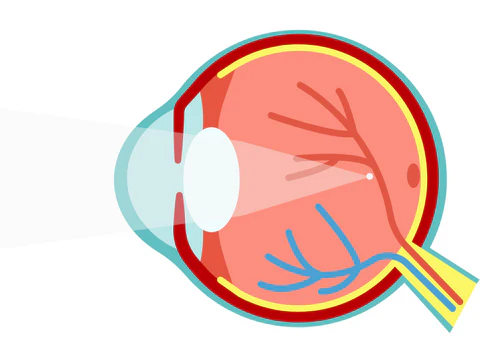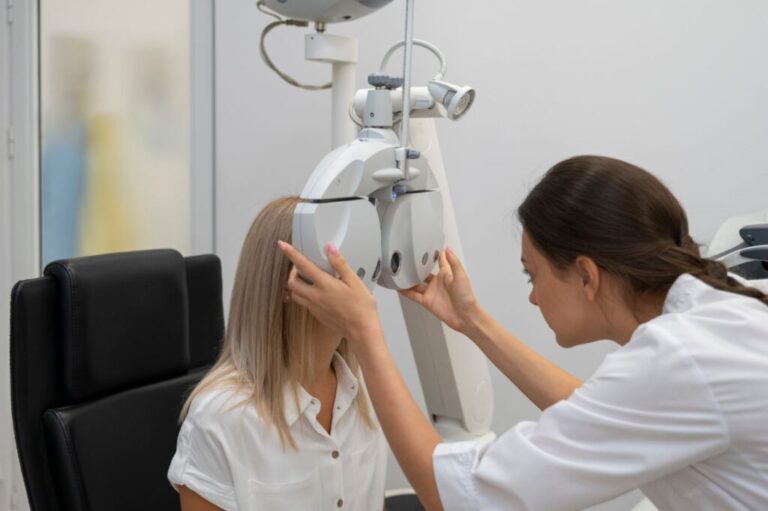The Impact of LASIK on Quality of Life

LASIK surgery has transformed how some individuals experience vision correction. For those seeking freedom from glasses or contact lenses, LASIK provides an alternative that has intrigued millions. This procedure is frequently recognized for its influence on daily routines and overall convenience.
What Is LASIK?
LASIK is a laser eye surgery designed to address refractive errors. These errors occur when the eye cannot properly focus light onto the retina, causing blurry vision. Common refractive errors include myopia (nearsightedness), hyperopia (farsightedness), and astigmatism.
During LASIK, an excimer laser reshapes the cornea. This adjustment helps light entering the eye focus more precisely on the retina, improving visual clarity. The popularity of LASIK stems from its ability to address a wide range of refractive issues in a single, concise procedure. It has become a choice for those looking to simplify their lives by reducing dependency on glasses or contact lenses.
Who Is It For?
Determining eligibility for LASIK is a multi-step process that involves a comprehensive eye examination. Candidates generally fall within specific categories. These can include:
- Vision Prescription: Those with mild to moderate refractive errors are common candidates for the procedure. Severe refractive errors may require alternative corrective measures.
- Eye Health: Healthy corneal tissue and an absence of underlying eye conditions are generally necessary. Factors like corneal thickness will be evaluated to make sure the laser can safely reshape the cornea.
- General Health: Individuals with autoimmune diseases may not be immediate candidates due to the body’s healing response at those times. An eye specialist can provide guidance based on personal circumstances.
How Does It Work?
The LASIK procedure involves several carefully monitored steps to achieve results. Before surgery, an eye specialist conducts a detailed evaluation of the eyes. This assessment measures corneal thickness and refractive errors.
A thin flap is created in the outer layer of the cornea. This flap is lifted to expose the underlying corneal tissue. The creation of the flap is a delicate process that allows the excimer laser to reach the targeted area. The excimer laser then reshapes the cornea based on the individual’s unique measurements. This step corrects the way light is focused onto the retina, improving visual clarity. The laser operates with remarkable precision, making adjustments on a microscopic scale.
Once the cornea has been reshaped, the corneal flap is gently repositioned. This flap acts as a natural bandage, promoting healing without the need for sutures. Recovery after LASIK is typically brief. Many individuals experience improved vision within a day or two, though full stabilization can take several weeks. During this period, follow-up visits allow specialists to monitor healing and address any concerns.
Speak Further With an Eye Specialist About Surgery
LASIK’s potential to affect quality of life has made it a viable option for many people who seek vision correction. If you have questions about your suitability for LASIK or the procedure’s specific steps, the best approach is to consult with an eye specialist. Their expertise can guide your decision-making process, providing tailored insights to match your unique needs.
- What to Expect When Visiting a Foot and Ankle Specialist
- Causes of PTSD
- The Link Between Plantar Fasciitis and Weight Gain: What You Need to Know
- How Pet Ownership Can Positively Impact Life with Fibromyalgia
- The Importance of Stretching and Flexibility in Sports Medicine
Dr. Emma Green is a health and wellness expert with over 10 years of experience in nutrition and fitness. Passionate about helping others live their healthiest lives, Dr. Green shares practical advice on wellness, nutrition, and sustainable living through LivingSpristine.






